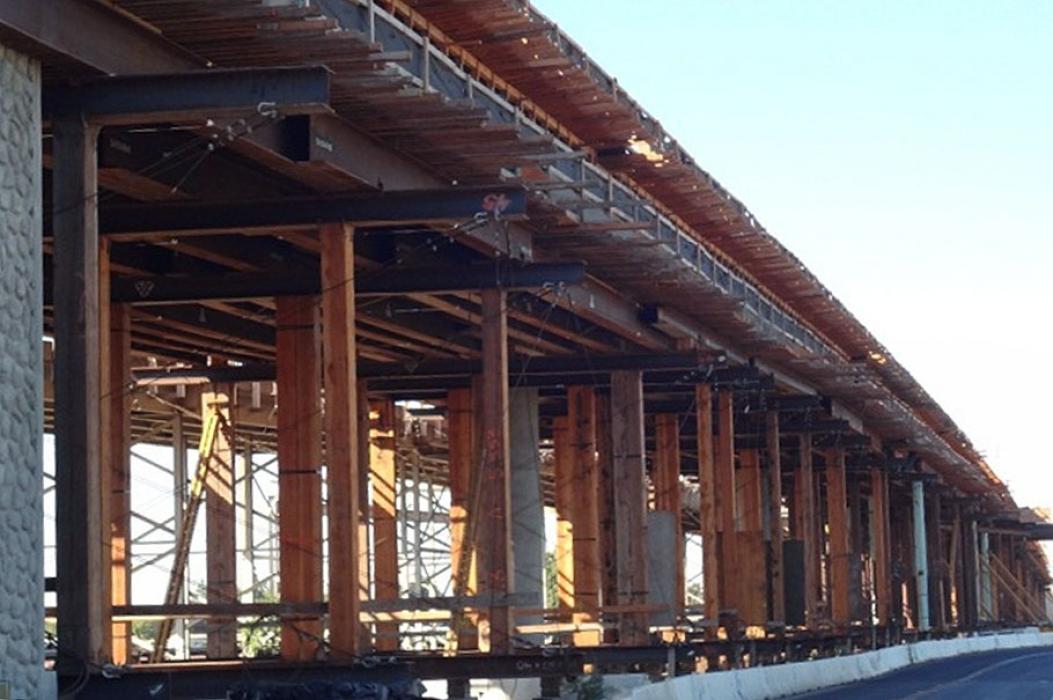
Deflection of in-span hinges in prestressed concrete box girder bridges during construction

Authors
Publication
Elsevier, Journal of Engineering Structures, Volume 131, 15 January 2017, Pages 293–310
Abstract
Multi-span cast-in-place (CIP) post-tensioned concrete (PS) box girder bridges undergo upward deflection (curl) at hinges due to post-tensioning forces. Adjustments in falsework height are often necessary in the field to address the curl and avoid bumps, which cause traffic safety concerns and present a road hazard. A current method to estimate hinge curl has often led to results that are significantly different than those measured in the field thus causing construction delays and costly change orders. The main purpose of the study presented in this article was to measure bridge deflections at and near in-span hinges in ten hinges within five bridges during construction over a period of several months and compare the results with the current theory. Based on the analysis of data, the correlation between the measured and calculated data was studied. Both short-term and time-dependent hinge curls were evaluated. Substantial differences between the field and theoretical data were observed and quantified. The data was used to identify the causes for the differences and directions for development of a new method to more accurately estimate hinge curl. A new method was developed as part of this study to address the sources of differences. Description of the new method, however, is beyond the scope and page limits of the current article.
Keywords
Bridge; Deflection; Creep; Construction stages; Falsework; Field measurements; Hinge curl; Post-tensioning; Prestressed concrete; Time-dependent








